Polyurethane crack injection is a crucial solution for many civil engineers, construction managers, and infrastructure developers who face the challenge of cracked concrete. These cracks, often caused by foundational shifts, heavy loads, or environmental factors, can jeopardise any project’s structural integrity. This revolutionary method effectively seals and reinforces cracks, ensuring the longevity and resilience of concrete structures.
This post will explore everything you need to know about this technique, why you need it, the process involved, and its long-term effectiveness. By the end, you’ll understand why polyurethane grouting has become a go-to solution in modern construction.
What Is Polyurethane Crack Injection?
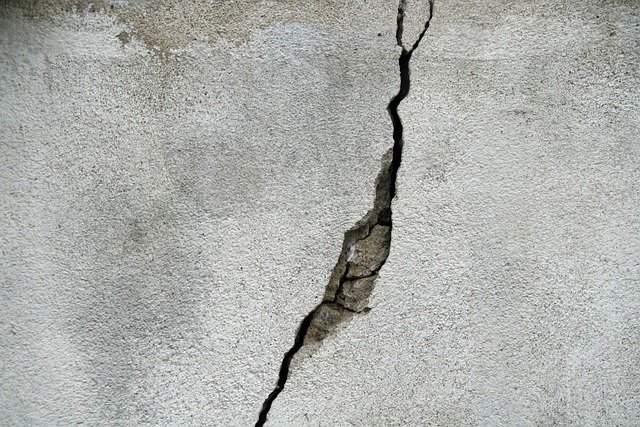
Polyurethane crack injection is a technique for filling and sealing cracks in concrete structures. This method involves injecting a polyurethane grout into the cracks, which then expands and hardens, effectively sealing the gap and restoring the structural integrity of the concrete. The process is particularly effective for repairing minor cracks in foundations, walls, and other concrete structures, making it a popular choice among civil engineers and construction managers.
This method uses polyurethane foam, which is known for its flexibility and strength. Unlike other types of concrete grouting, polyurethane grouting allows for some movement within the structure without compromising the seal. This flexibility makes it ideal for areas prone to minor shifts and movements.
Polyurethane crack injection is not just for minor repairs; it can also be used for more significant structural issues. The technique can fill gaps and voids that are not visible to the naked eye, providing a comprehensive solution for maintaining the integrity of concrete structures.
Why Do You Need Polyurethane Grout Injection?
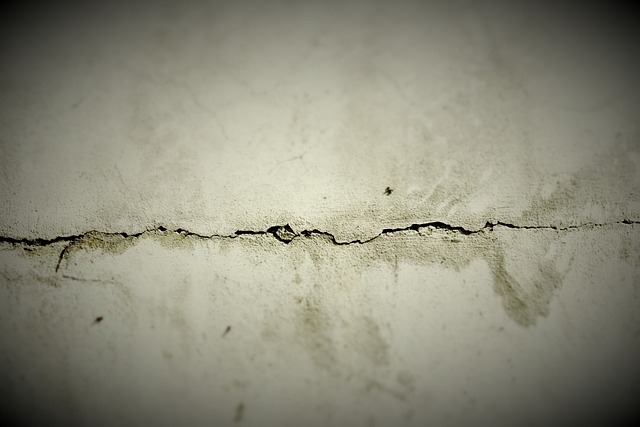
The necessity for polyurethane grout injection arises from several critical factors. Firstly, cracks in concrete are not just cosmetic issues; if not addressed promptly, they can lead to more severe structural problems. Water infiltration through these cracks can cause further deterioration and even lead to mould growth, compromising the structure and its occupants’ health.
Secondly, polyurethane offers a long-lasting solution. Unlike traditional repair methods that may require frequent maintenance, PU grouting provides a durable and flexible seal that can withstand environmental changes and structural movements. This longevity translates to cost savings in the long run, as fewer repairs are needed.
Lastly, polyurethane grout injection is efficient and minimally invasive. The process can be completed quickly, often without extensive excavation or disruption to the surrounding area. This efficiency is particularly beneficial for infrastructure developers working on large-scale projects where time and budget are critical factors.
What Is the Process of PU Injection Grouting?
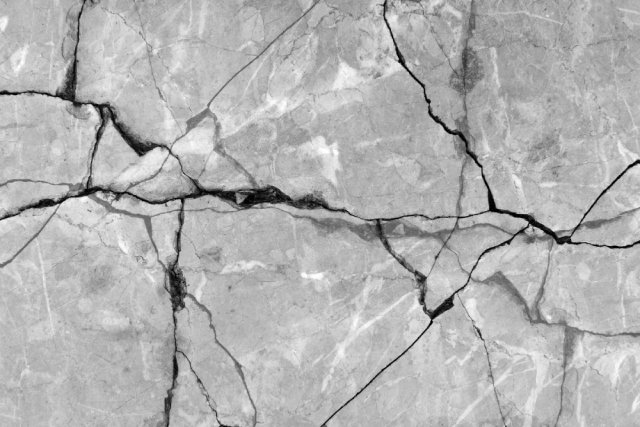
The process of PU injection grouting is systematic and involves several key steps. Initially, the cracks must be identified and cleaned to ensure that the polyurethane foam grout adheres appropriately. This preparation phase is crucial for the success of the entire procedure.
Once the cracks are clean, injection ports are installed along the length of the crack at regular intervals. These ports provide access points for the polyurethane grout to be injected into the crack. The injection process involves pumping the grouting material into the crack through the ports. The material expands as it is injected, filling the crack and any surrounding voids.
After the injection, the ports are sealed, and the grout is allowed to cure. Curing times can vary depending on the type of polyurethane used, but the material generally hardens quickly, forming a solid, flexible seal. The final step involves removing the injection ports and finishing the surface, ensuring the repair is effective and aesthetically pleasing.
What Material Is Used for Injection Grout?
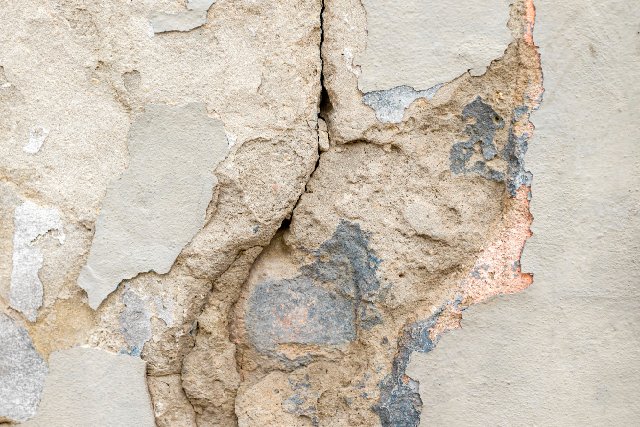
The primary material used for polyurethane crack injection is polyurethane foam. This material is chosen for its unique properties, which make it ideal for sealing and repairing concrete cracks. Polyurethane grout is highly flexible, allowing it to move with the structure and accommodate any shifts or changes without compromising the seal.
Additionally, polyurethane foam grout is known for its strength and durability. Once cured, it forms a solid barrier resistant to water, chemicals, and other environmental factors. This resistance makes it an excellent choice for indoor and outdoor applications, providing a long-lasting solution for concrete repairs.
Another advantage of polyurethane grouting is its expansive properties. The grout expands as it is injected, filling not only the visible cracks but also any hidden voids or gaps within the concrete. This comprehensive filling ensures that the entire area is sealed, preventing water infiltration and further damage.
How Long Does a PU Injection Last?
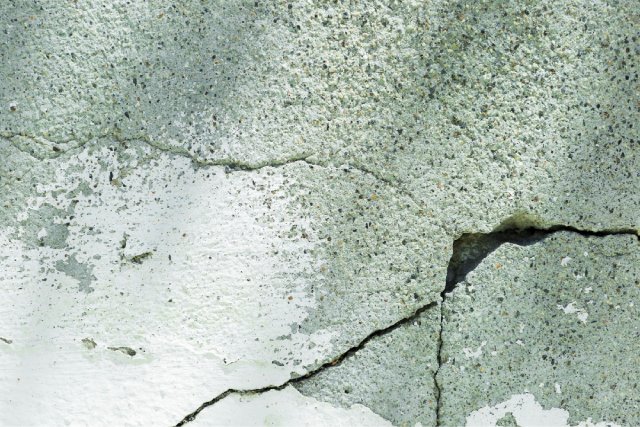
One of the most significant advantages of polyurethane grout injection is its longevity. When properly applied, PU injection can last for many years, providing a durable and effective solution for concrete crack repairs. The exact lifespan can vary depending on several factors, including the quality of the polyurethane material used and the conditions of the environment.
Polyurethane grout is designed to withstand environmental changes and structural movements. Its flexibility ensures the seal remains intact even as the structure shifts and settles over time. This durability means that once the injection is complete, the need for further repairs is significantly reduced.
Polyurethane crack injection offers minimal maintenance requirements, adding to its long-term value. Regular inspections can help identify any potential issues early, but in most cases, the polyurethane grout will continue to perform effectively for many years. This longevity makes it a cost-effective solution for civil engineers and construction managers looking to maintain the integrity of their concrete structures.
Trust Quality Polyurethane Grout Injection!
Polyurethane grout injection, along with chemical grout injection, is a powerful tool in the arsenal of civil engineers, construction managers, and infrastructure developers. Its ability to seal cracks, provide a flexible and durable solution, and withstand environmental changes makes it an ideal choice for maintaining the integrity of concrete structures.
From the initial identification and cleaning of cracks to the final curing and finishing, each step in the process is designed to ensure a long-lasting and effective repair. The benefits of polyurethane extend beyond the immediate repair, offering cost savings, reduced maintenance, and increased structural longevity.
For those looking to explore this innovative solution further, we invite you to reach out to S&S Remedial.
Our team of experts is here to help you understand how polyurethane grout injection can benefit your projects and ensure the long-term success of your construction endeavours.


